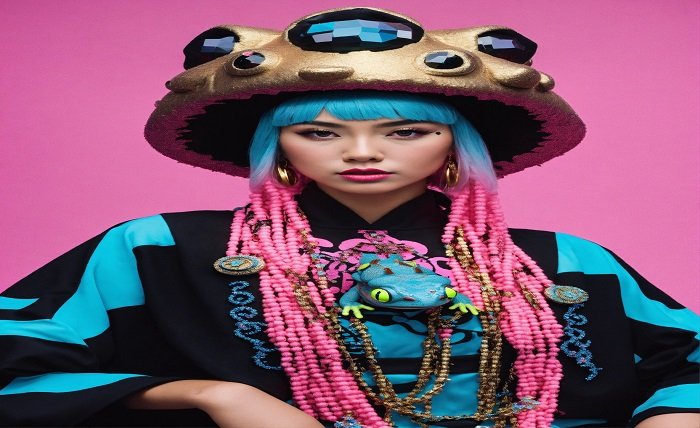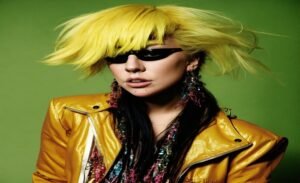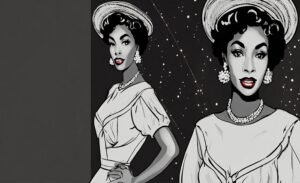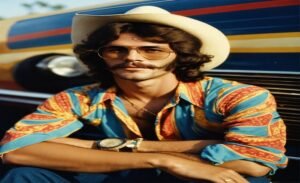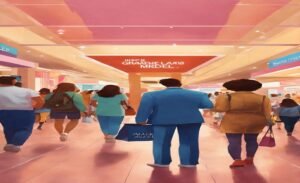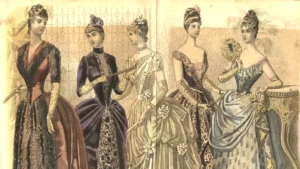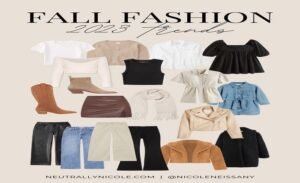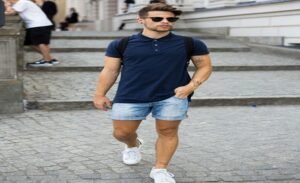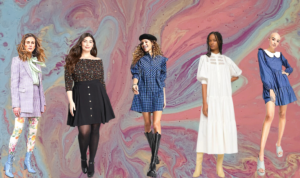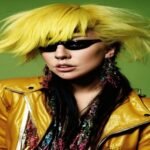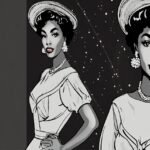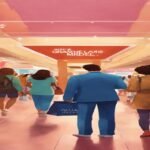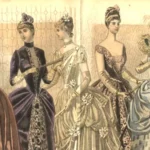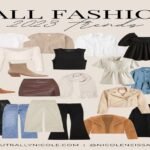Overview of Gyaru Fashion
In the 1990s, a subculture of Japanese Gyaru Fashion known as “Gyaru Fashion” arose as a defiant manifestation of beauty and style influenced by the West. It disregarded conventional wisdom by showcasing tanned skin, striking cosmetics, and eye-catching attire. We’ll look at the meaning, background, and several substyles of Gyaru in this blog post.
Significance and Synopsis Gyaru Fashion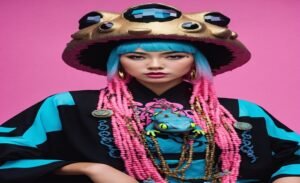
Gyaru, which means “girl” in direct translation, came from the Shibuya neighborhood of Tokyo. It questioned the traditional ideal of beauty, which calls for fair complexion and dark hair. These girls, known as Gyaru Fashion, caused a stir in Japanese society with their brightly colored skin, ostentatious cosmetics, and gregarious demeanors. Gyaru’s famous phrase, “Get wild and be sexy,” perfectly sums up the brand.
Importance and Overview
Translationally, Gyaru means “girl” and she originated in Tokyo’s Shibuya district. It questioned the conventional definition of beauty, which emphasizes having dark hair and a pale complexion. These girls, called Gyaru, made waves in Japanese culture with their flamboyant makeup, brightly colored skin, and outgoing personalities. “Get wild and be sexy,” as Gyaru famously said, sums up the brand well.
First Phase (1990s): 3. Young ladies in Tokyo’s Shibuya neighborhood started copying pop sensation Namie Amuro’s tanned appearance. 2. They were regulars at nightclubs, showing off their rebellious attitude and dressing in form-fitting clothes. 3. Schoolgirls followed this fashion as well, posing as older people to get into nightclubs. 4. The latter part of the 1990s:
Known as Kogyaru, they advanced their style. 2. They carried ostentatious European bags, wore loose socks, and lowered their skirts. 3. They defied expectations for high school students with their daring wardrobe choices. 4. The Early 2000s, or Phase Three: 5. 1. Within Gyaru fashion, a substyle known as Ganguro evolved. 2. Ganguro girls gave up on conventional Japanese notions of beauty. 3. This edgy subculture was marked by deep tans, bleached hair, and distinctive vocabulary. There you have it: the progression of Gyaru fashion across time! Every stage had its own unique style and rebellious vibe. Please ask questions if you have any specific questions or would like to learn more!
Different Gyaru Substyles and Types Gyaru has a wide variety of substyles, each with a distinct flair. Let’s investigate a few of them:
B-Gyaru: Drawing from the baggy fashion made popular by B-Boys and B-Girls, B-Gyaru is inspired by hip-hop street style.
Rokkku Gyaru: This look draws inspiration from the goth, rock, and scene fashion of the 2000s.
Gyaru Hine: Hime Gyaru strives for a “princess-like” appearance with a fanciful and glitzy style reminiscent of Lolita.
Ora Ora Gyaru: This avant-garde brand pushes boundaries with its daring and edgy look. 5. Micro Styles: In addition to the main substyles, there are a plethora of smaller substyles that suit certain preferences.
Final Thoughts
Gyaru is still developing, and appreciating variety and individuality. There’s an elegant, rebellious, or urban vibe Gyaru substyle out there just waiting for you. Go crazy, be seductive, and discover this exciting new fashion trend!
FAQ
Is Gyaru still well-liked today? Gyaru continues to have an impact on Japanese street fashion and subculture, even though it isn’t as popular as it was in the 1990s.
Is it possible to try Gyaru fashion? Definitely! Since the main goal of gyaru is self-expression, feel free to try out various substyles.
How can I get more information about Gyaru? Discover the intriguing realm of Gyaru by consulting resources such as Hello Lizzie Bee’s master on Gyaru!

